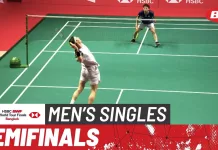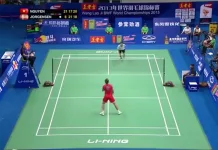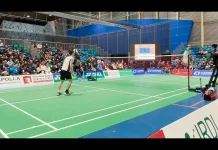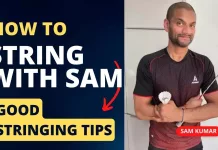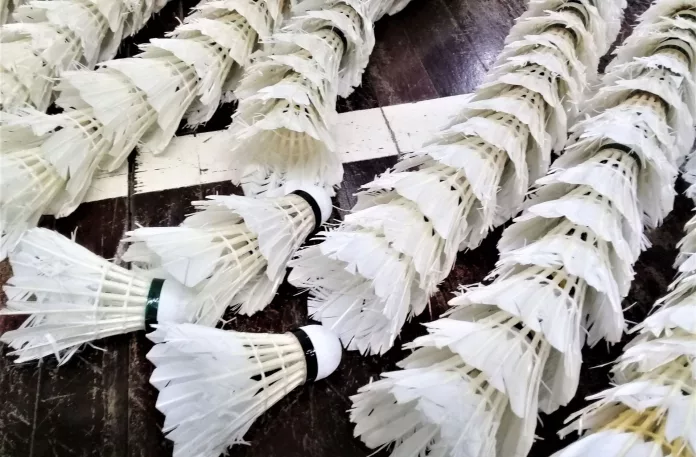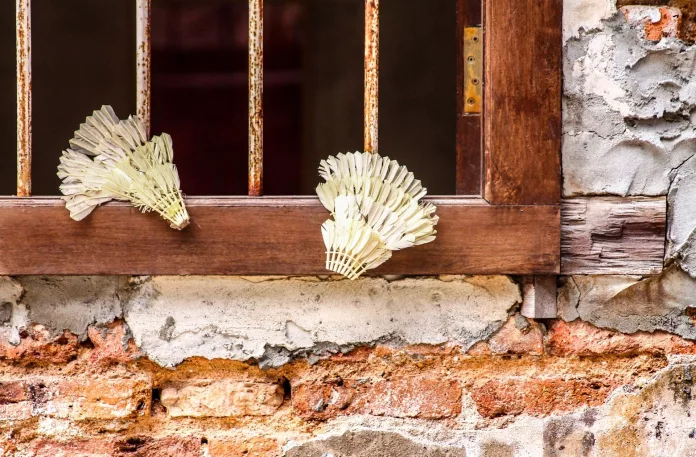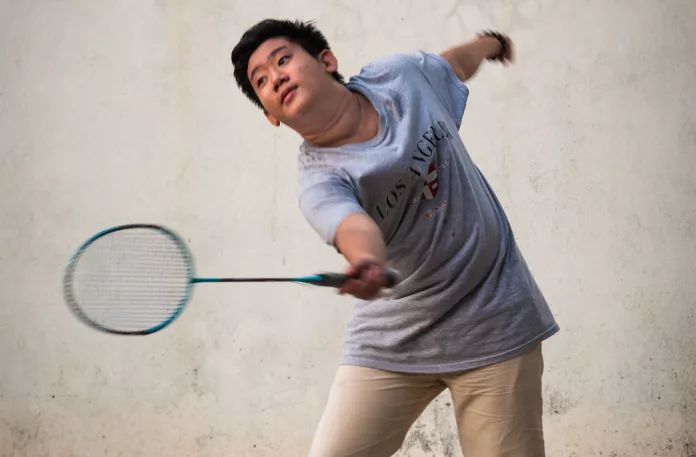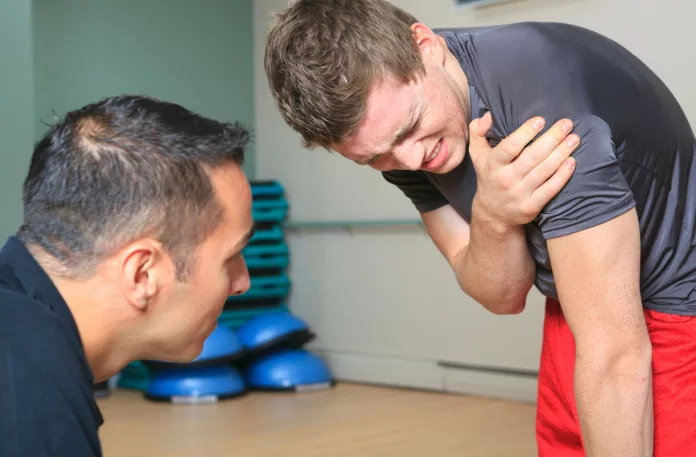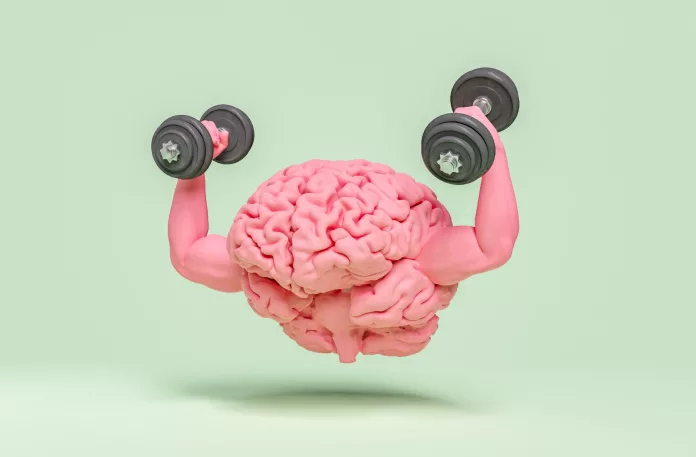Professional badminton players earn good money, but exactly how much, that’s the question we’ve set out to answer with this story
Let’s be clear: we do not know exactly how much money a given badminton player earns. Below we provide educated guesses and estimates.
DEVELOPING STORY – GET IT WHEN IT IS PUBLISHED.
CLICK HERE
The 8 million dollars story
We have it from reliable sources that one successful female badminton player has netted in excess of USD 8 million per year for a few years in a row. The bulk of that stems from sponsorship deals and endorsements. Very few badminton players get to make that much money from badminton in one year.
Unfortunately, many professional badminton players struggle to make ends meet. We know of top 100 players who aren’t able to afford participation in all the tournaments required for them to advance on the ranking.
That said, the team here at Badmintonspeak.com genuinely hopes that professional badminton players will be able to earn good money in their sport. We know how much work goes into becoming a world-class badminton athlete, and we firmly believe that their determination and the amazing experiences they give badminton fans, should be handsomely rewarded.
How does a badminton player make money?
Badminton players have several streams of income. Below are listed some of the most obvious ways for badminton players to generate money for themselves.
- Sponsorships: most professional players are sponsored by one equipment brand. Viktor Axelsen, for example, is sponsored by Yonex. Many players also receive sponsorships from other brands. Indian ladies’ single player Pusarla Sindhu has received a significant number of endorsement deals – Bank of Baroda, Visa, and Steel Plant are just a few of them.
- Prize money – tournaments: participating in badminton tournaments is another way for players to make money. Compared to tennis and goal, prize money in badminton is minuscule. In 2022 Viktor Axelsen earned a little over USD 400.000 in prize money.
- Playing for professional badminton clubs: many players earn a bit of money by representing badminton clubs in various national team event tournaments. Playing for a club in Denmark or Germany doesn’t pay a whole lot whilst playing for one of the teams competing in the Indian Premier League pays a decent amount of money.
- Book deals: if a player’s personal brand and fanbase are significant, some players make money by publishing autobiographies or books on badminton. (Win Viktor Axelsen’s book here)
- Social media: while most professional badminton players don’t seem to leverage their social media presence to make money, some do. Establishing a good size following on social media can generate some decent money.
- Exhibition matches: playing exhibition matches for corporate events or as a way of supporting their equipment sponsors might add a bit of money to player bank accounts.
- Coaching and private tutoring: some players outside of the top 32 do coaching and private tutoring as a way to supplement their income.
- Expert commentator on TV: some active players do get paid to be expert commentators on TV, but usually that is a gig reserved for retired players. Some examples of that are Morten Frost on BBC, Gillian Clark (nee Gilks) also on BBC, Jim Laugesen, and Jan Ø. Jørgensen on Denmark’s TV2.
What decides how much money a player can earn?
Generally speaking, three main elements decide the earning potential of a badminton player.
They are:
– performance success on the court and the world ranking of the player
– the power of the personal brand of the player
– TV time – the likeliness of the player being seen on TV
Timing, of course, plays a role too.
Some players achieved an amazing and perhaps surprising result. On the back of that, a player is offered exorbitant deals, even if the player has not (yet) consistently produced good results.
Medalists at the BWF World Junior Championships are also known to receive sponsorship deals directly with equipment manufacturers – even though there is no guarantee that these juniors’ transition to senior badminton will be successful.








